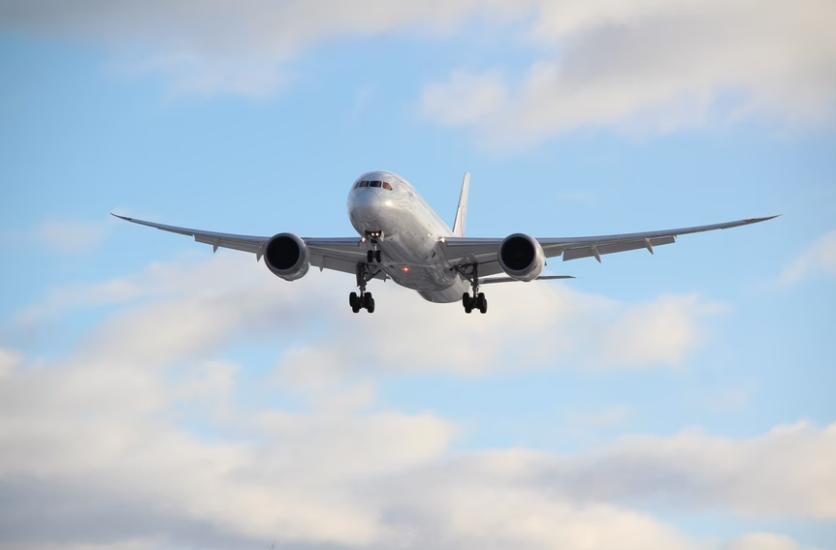The Federal Aviation Authority, Verizon, and AT&T are now working on a solution to solve the 5G C-Band rollout problem it caused airports and brought interference to aircraft instruments. The concerned parties are looking into working on the said "airport buffer zones" to further give leeway for devices to work, especially during emergency or bad weather situations.
FAA, Verizon, AT&T 5G: Airport Buffer Zones the Solution?

The three entities behind the 5G C-Band Spectrum in airports have released a joint statement on how they could solve the current problems that airlines and airports face. According to the report released by the FAA, Verizon, and AT&T, it is now working with them to expand more of the buffer zones for the cellular connection.
Effectively, this could lower the interference brought by the network and affect the instruments in use, less than what it originally brings to the tool. A material from the FAA also explains how 5G and the aviation industry will work together safely and harmoniously.
The efforts made by the three entities behind the 5G expansion are a need for all that worries, especially as the public also fears the effects it brings to aircraft.
Read also: Small Airlines 5G Interference: Gravely Affected by C-Band-Will the FAA Do Anything About It?
5G on Airports: Soon Having Fix to Make it Work
The 5G network on airports is available in other countries and works harmoniously alongside having it operational in other countries. However, their situation is not comparable to that of the United States, as each setup is different and may have other effects on its operations.

With this, the FAA, Verizon, and AT&T are working to limit the interference caused by the network, particularly to the vehicle's altimeter that is a need for landing on low visibility conditions.
5G Interference Felt Across Country
There have been massive protests from airline companies and airport associations regarding establishing the 5G C-Band spectrum within its vicinity. Reports say that airlines went as far as saying that 5G is destruction and interruption to the operations of the different companies that bring air travel and logistics.
Walkouts and boycotts happened during January 19, and this date was the first time 5G's expansion became active in airports. Some companies marked this as a "doomsday" for them as it will gravely affect their operations and believe it will hinder them on a safe flight.
Nevertheless, these people who protest against the loss of their instruments experience it first-hand and are rightful to react to the case.
However, the FAA already looked into this and deemed it safe for airlines to work with 5G and its instruments when pilots need it when visibility is low. However, there would still be interference at even a low percentage.
The buffer zones may help reduce the effects of 5G significantly, but there would be changes to the connection brought by the tweaks.
This article is owned by TechTimes
Written by Isaiah Richard

![Apple Watch Series 10 [GPS 42mm]](https://d.techtimes.com/en/full/453899/apple-watch-series-10-gps-42mm.jpg?w=184&h=103&f=9fb3c2ea2db928c663d1d2eadbcb3e52)


